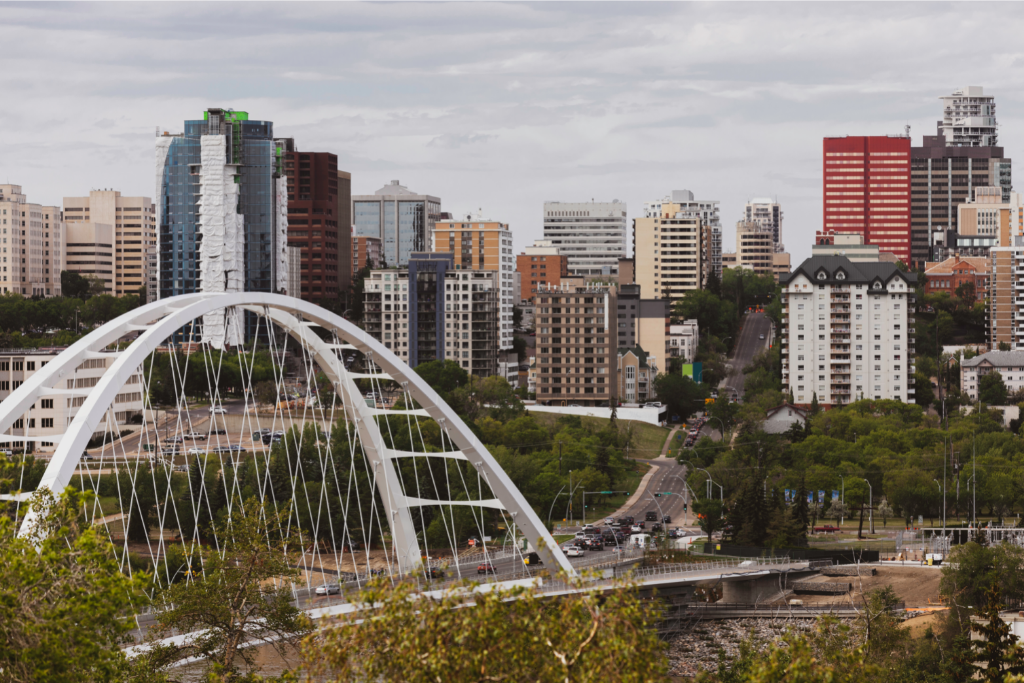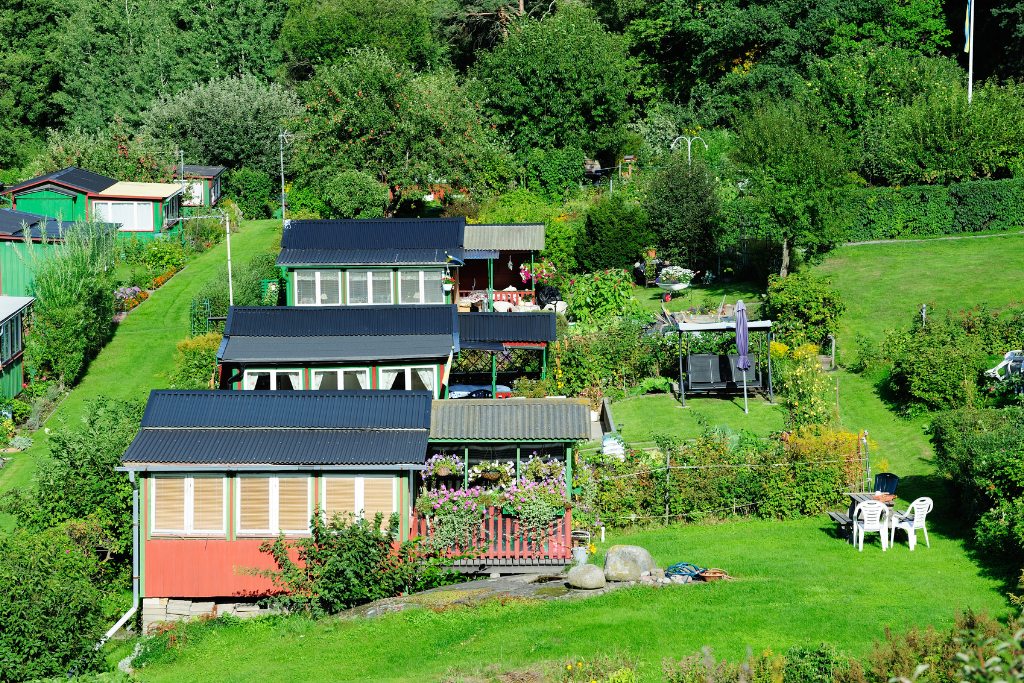Are your plants welcome in your new state?
If you sell a house in California, for example, don’t assume you can take your houseplants with you to Florida or any other state. States with economies that rely heavily on agriculture often have regulations about transporting plants across state lines.
To prevent out-of-state plants from bringing diseases and insect infestations, states might ban certain plants or require a quarantine period. Residents may also have to replant potted plants in new, sterile potting soil. Check with your new state’s plant regulatory official to be sure your plants are welcome.
Can your plants adjust to a new climate?
Check your new state’s plant hardiness zone to ensure your plants are suited to their new environment. Some plants may be able to adjust from a mountain climate to an ocean climate, but others may not.
Some plants, such as cactuses and succulents, may be more amenable to a long-distance move. If houseplants are too delicate to make the move or are unlikely to thrive in their new environment, try minimalist living and consider gifting them to family, friends, or neighbors. You can also sell them on Facebook Marketplace or Craigslist.
Check with local organizations or businesses to see if they accept plant donations. Libraries, churches, schools, hospitals, senior living centers, and businesses with waiting rooms would probably love to provide a new home to a healthy houseplant.
Before you gift, sell, or donate your houseplants, consider taking cuttings of your favorites so you can propagate the next generation when you arrive at your new location.
Will your moving company transport houseplants?
Many moving companies won’t transport plants because of state agriculture regulations. It’s not a good idea to hide houseplants among your moving boxes either, even for short distances. Doing so could void your contract with the moving company and nullify any damage protections. Confirm with your moving company if houseplants are allowed and follow any guidelines they provide.
Shipping houseplants through a parcel service is another option. FedEx, UPS, and the U.S. Postal Service will ship houseplants, but each has its own guidelines. Follow their rules exactly and choose the fastest shipping method to minimize stress on the plant.
Moving plants in your car or a rented moving truck might be a better option if you’re traveling a relatively short distance. You’ll have more control over providing adequate light, airflow, and temperature. Know that the longer your plants travel, the more stressed they can become and the less likely they’ll be to survive the trip.
How to prepare your plants for travel
To minimize stress on your houseplants as you travel, start preparing them for transport three to four weeks prior to moving day.
One month before
Repot plants in shatterproof plastic containers using new, sterile potting soil.
Two weeks before
Prune large plants to create a more compact profile for easier moving. Check for parasite or insect infestation and treat accordingly.
Two days before
Water your plants like normal, making sure the roots get a good drink. Don’t overwater, though, as too much water can encourage fungus to grow in warm weather or freeze the roots in cold weather. Not to mention, it will create a soggy mess if a plant tips over en route.
Pack your plants safely
Pack your plants securely to prevent and minimize damage during the move.
Packing small plants
- Use strong moving boxes reinforced on the bottom and sides with packing tape.
- Make sure the box is tall enough to accommodate the largest plant.
- Add ventilation holes along the top and sides.
- Wedge packing material, bubble wrap, towels, or crumpled newspaper in between pots to prevent shifting.
- Protect delicate plants with a sleeve of kraft paper, newspaper, or bubble wrap as tall as the plant itself.
- Mark the outside of the boxes with “Fragile,” “This end up,” or “Live plants.”
Plants that are too large for a box can be moved individually. Make sure they’re protected from being uprooted or tipping over in transit.
Packing large plants
- Use stakes to stabilize large fronds or stems.
- Bind sprawling branches or stems by gently bringing the foliage to the middle and binding it with gardening Velcro or twine.
- As with small plants, prevent breakage by encasing the bound plant in a sleeve of protective wrap.
- Secure the soil by covering the top of the pot with cardboard or a garbage bag taped around the base of the plant to prevent spillage.
If you’re moving plants yourself in a car or rental truck, pack a plant-care essentials bag with water, pruning shears, extra protective sheets, and twine. If you’re traveling multiple days, make sure you check in to make sure your plants are getting adequate light, water, and air circulation. Don’t leave plants overnight in freezing temperatures or in an overheated vehicle.
After the move
Your plants will need time to recuperate after the move. As soon as you arrive at your new home, unpack your plants and bring them inside. Remove protective wrappings or ties, allowing air to circulate. Remove dead or damaged foliage and water appropriately, adding plant food if necessary for an extra boost of nourishment.
Place your plants in lighting similar to what they received in your old home and allow them several days to settle in and adjust. You can remove plants from their travel containers to new planters after they’ve had time to recover. Some wilting and leaf loss is normal during this period. Consult a plant specialist if it seems your plants are struggling to thrive in their new environment after several weeks.





